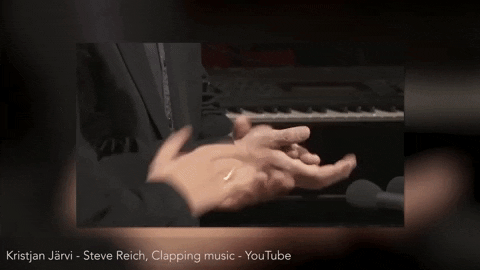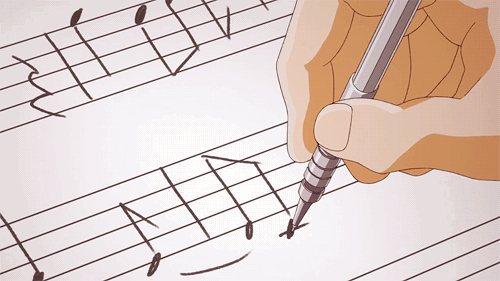
Week 1
Introduction to Rush and Rhythmic Cells
LESSON 1
Clap the opening pattern of First Circle by Pat Methney.
It is repeated throughout the entire work, and forms the basis of the piece.
-
What's a repeating rhythmic pattern called?
-
How are the claps grouped in your opinion?
First Impressions
Go to menti.com and type in the code 36 72 15.
Listen to the audio of Rush, and write 5 words to describe what you hear, focussing on musical features.
After doing this, categorise the words into the concepts, using the Coggle mindmap (shared with you via email)
In his thesis, Matthew Hindson mentioned that The First Circle influenced Rush. In your EverNote, how do you think The First Circle influenced Hindson's composition?
Melodic Dictation
Download and print out the manuscript for melodic dictation (or open it on an app where you can edit it). The cello part starts straight away!
Dictate the main motif of Rush. Play it 5 times, with pauses between each playing.
Detailed Individual Analysis
Download the full score of Rush, or use the physical copy given to you.
Make at least 3 observations on Rush, that cover at least 2 different concepts. Use your own or conceptual terminology.
Mark down your annotations on the score, and share it on to EverNote as a post with an image (or screenshot) of your annotated score, or you can make a video of yourself explaining your annotations.
Add your observations to the Coggle
Homework: Steve Reich Clapping Music
Download the score of Steve Reich's Clapping Music, and listen to the performance.
Practice clapping the piece up to and including pattern 4, in preparation for an in-class performance next lesson. You can download the app, or use the videos to help with clapping the pattern.

Clapping Music

LESSON 2
As a class, perform Steve Reich's Clapping Music!
There's just one rhythmic pattern in Clapping Music - what note values and rests is it made up of?




Rhythmic cells
These rhythmic cells are made up of a pattern of notes and rests. They can be developed through incorporating Syncopation, Augmentation (and diminution), and Hocketing
In your Evernote, define Syncopation, Augmentation, Diminution, and Hocketing.
Let's look at Rush:
-
Bars 1-6: Highly syncopated rhythmic cells
-
Bars 225-233: Rhythmic augmentation (increasing the length of all note values!
-
Bars 7-30: Hocketing between the three instruments

Compose and Notate your own rhythmic cells
-
In pairs, clap and create your own short syncopated rhythmic cell.
-
Then, notate your rhythm using either standard notation, or graphic notation (lines/dots/boxes)
-
Augment or diminish your rhythmic cell.
-
Perform it, with one person starting in a rest so that a hocketing effect is created.
Share your rhythmic cell to SeeSaw (by taking a photo or otherwise)
Mendelssohn Octet Op.20, 4th Movement
-
Let's take a quick look at the 4th movement of Mendelssohn's Octet. Hindson said that this piece was also influential in composing Rush.
-
Identify any rhythmic cells used, examples hocketing, and syncopation.
-
In your EverNote, suggest how this piece has influenced Hindson's Rush.





